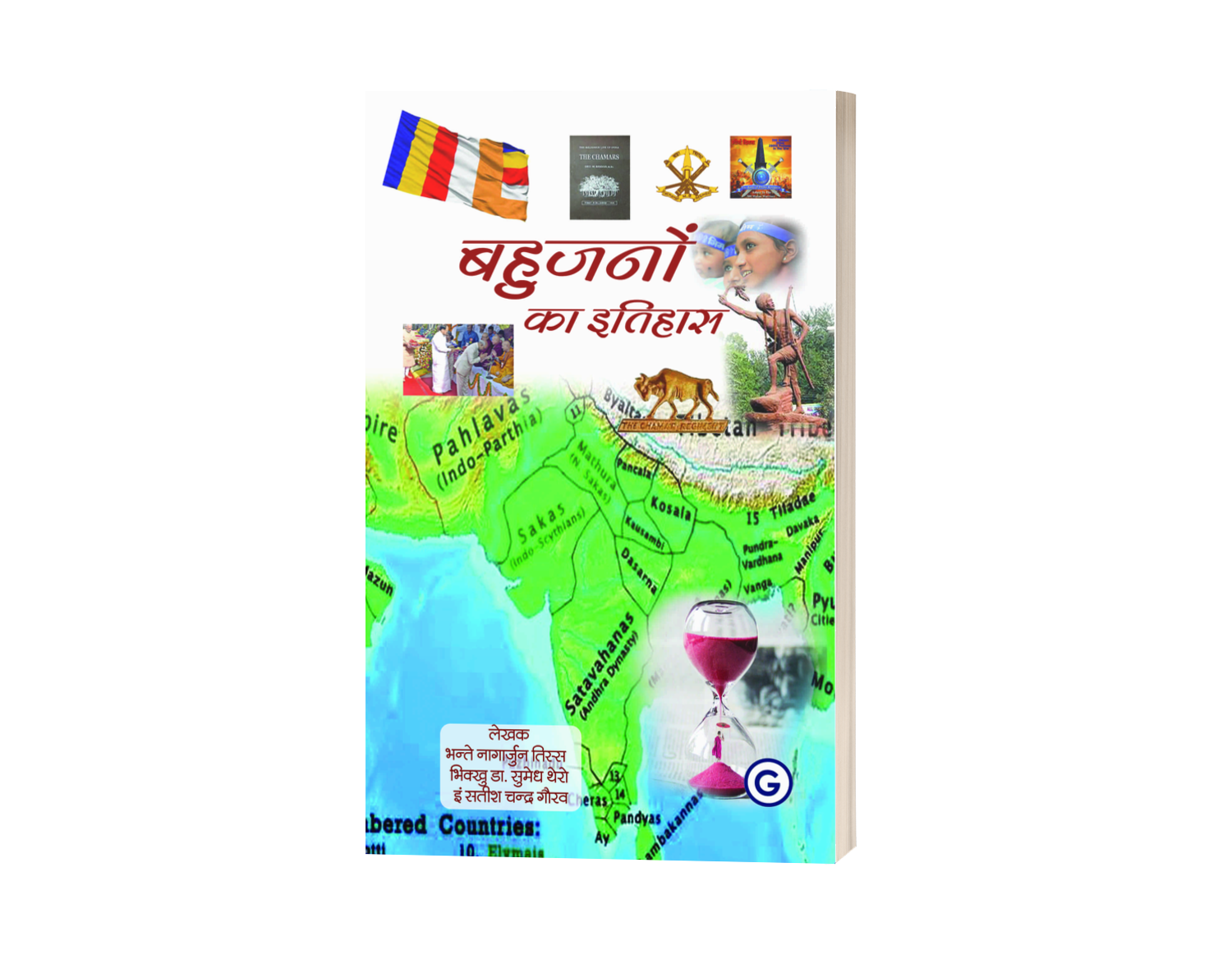Bahujano ka Itihas
₹259.00
Description
The Satyashodhak Samaj turned out to be socially and politically divisive and loyalist, when the Maharaja (Shahu) of Kolhapur, who was having problems with his Brahman courtiers, patronised it. So did the British. They supported this movement, and also the Maharaja of Kolhapur, with the objective of creating an anti-Congress front against Bal Gangadar Tilak.
After 1919, Bhaskar Rao Jadhav, inspired by the ideas of Jyotiba Phule, formed an anti-Brahman and strongly anti-Congress party, which attacked the caste system and claimed to speak for the Bahujan Samaj against the money-lenders and Brahmans. From 1920 Mukundrao Patil began to publish a Satyashodhak paper, Din-Mitra, and soon the Bahujan Samaj established a powerful rural base in Maharashtra, the Deccan and the Vidarbha-Nagpur region. The Satyashodhak message was spread in the countryside through tamasha-the folk drama tradition of Maharashtra.
The Dalit movement in north India started taking shape under the cultural and intellectual leadership of Swami Achhootanand and his Adi Hindu Movement in the 1920s. Active in areas that are now Uttar Pradesh and Bihar, the movement received new momentum when the B.R. Ambedkar-led Republican Party of India (RPI) began to work during the Independence struggle and after. The RPI tried to expand in the Hindi belt, but it managed to impact only a few parts of U.P. in the 1960s and ’70s. The Congress, the ruling party then, empowered the Dalits through various Constitution amendments, laws and policies. The Arya Samaj movement also helped to provide an identity and respect to various Dalit communities. The major turn came in the 1980s and ’90s when the Bahujan movement, under the leadership of Kanshi Ram, started influencing the society and politics of north India. The Bahujan movement had a broader definition of the oppressed, and included the Scheduled Castes (SCs), Scheduled Tribes (STs) and Other Backward Classes (OBCs). It also included lower-caste Muslims (Azlafs). Mayawati emerged as the leader of the Bahujan movement after Kanshi Ram’s death. She went on to become U.P. Chief Minister four times.



